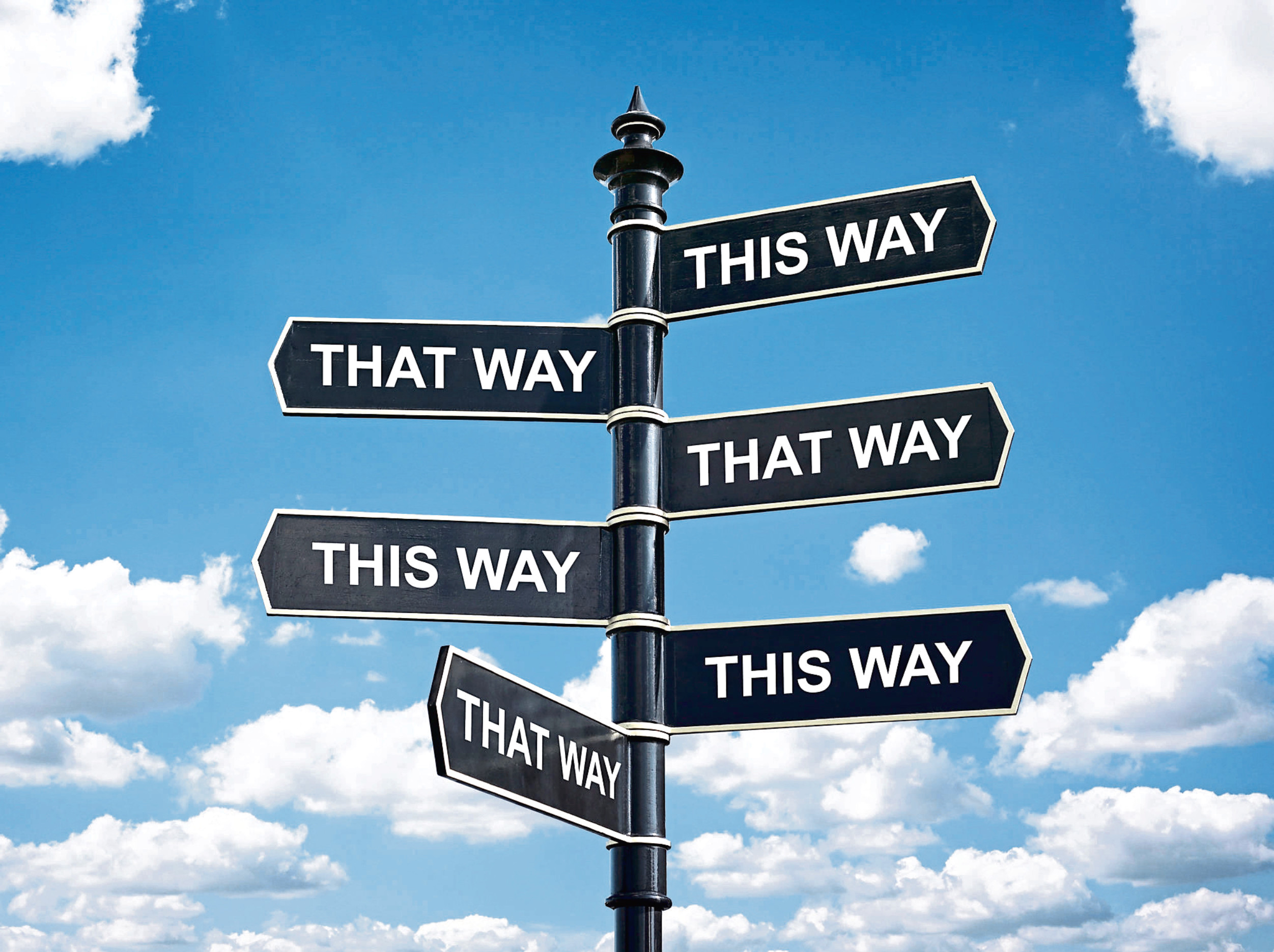
MILLENIALS have often been dubbed the soul-searching generation.
We’re more likely to travel, job hop and delay starting a family.
But who can blame us? We’re saddled with more debt than our parents, and it’s predicted that one in three of us will never own a home.
That’s probably the reason why life coaching is such a booming industry.
Recent figures estimate it’s worth $1.08 billion in the US alone, and that there are 17,000 coaches worldwide.
The idea is that an expert picks apart your muddled thinking and helps to identify your life goals, before pointing out ways to get you to where you want to be.
Life coaching is different from therapy, in that it’s not about fixing mental health problems. Instead it’s focused on self-improvement when it comes to business, personal projects and (as the Instagram cliche goes) living your best life.
So, does brainstorming your life with a professional actually work? I decided to try it for three months, and here’s what I learned…
1. Everyone stuck in a rut should do soft play
My sessions took place for one hour each week, over Skype, with women’s life coach Lucy Atkinson from Find A Balanced Life.
One of the big things that helped to get me out of a creative rut was “soft play”, which Lucy prescribes to all of her clients.
The idea is to pick a pleasurable activity to do each week that helps to replenish and recharge your batteries. The only rule is that it has to be done alone.
I tried everything from life drawing and aerial hooping, to horse riding and watching a documentary at the cinema.
Soft play is great as it presses you to try new things, and it soon became the most rewarding part of my week.
It’s amazing how little time I’d actually spent by myself, prior to Lucy forcing me to schedule it in.
Once I began expanding my horizons, I felt more creatively challenged, too.
I networked with new people and it helped me to gain some insight into the types of tasks that could hold my focus and get me into a deep state of concentration.
2. Soft power is key
Stress at work is something we can all relate to.
Lucy believes the key to staying afloat is harnessing something called “soft power”, where you’re able to flow between hard and soft energies at the same time.
It sounds obvious, but when you become conscious of the types of energy you put into your day, it becomes easier to switch between them.
For instance, sometimes you need a bit of hard energy to have a difficult conversation at work or churn out a last-minute project, but you probably want to dial it down when it comes to trying to win over a new client.
3. Journal your thoughts to find your mojo
I kept a diary from the age of eight until I left home at 18, and I’d forgotten how helpful dumping your thoughts onto paper actually is. It’s a habit that was really easy to pick back up in adult life, too.
Last thing at night, I took 15 minutes to write down everything that was going on in my mind.
As well as being a highly entertaining read, keeping a three-month journal allowed me to comb back over the entries to better understand my goals, prioritise my problems and pick up on any niggling, recurring fears.
4. Soft power planning beats goal-setting
I love goal-setting, but I’m a sucker for writing to-do lists in notebooks, then abandoning them when the going gets tough. Lucy says this is because most of us have goals that keep us busy, and that are set from the head and not the heart.
Soft power planning is all about shooting for your dreams, rather than endlessly keeping yourself busy with must-do tasks that don’t factor in the actual goal.
Start by creating your ultimate goal (this doesn’t need to have a timeline), then plan in annual milestones, followed by quarterly milestones.
The idea is that it gives you intentions and plans that are right for you, not just goals that are designed pragmatically.
5. Identify needs to find out what’s really wrong
Everyone has needs, but not everyone’s needs are the same. As well as eating, drinking and sleeping, there are less obvious pursuits that keep us grounded.
It could be escaping to the coast to go surfing each month, being able to travel, or just making time to have a cup of tea.
The point is everyone has different soul-pleasing rituals that make life more enjoyable for them.
Defining your needs is important, because once you’ve mapped them out, you can start designing a life that makes sure they’re met.
Even the most inspiring CEOs will have different ideas about what they actually need to be happy and successful.
When it comes to figuring out a direction, Lucy says it’s all about finding a balance that works for you.

Enjoy the convenience of having The Sunday Post delivered as a digital ePaper straight to your smartphone, tablet or computer.
Subscribe for only £5.49 a month and enjoy all the benefits of the printed paper as a digital replica.
Subscribe